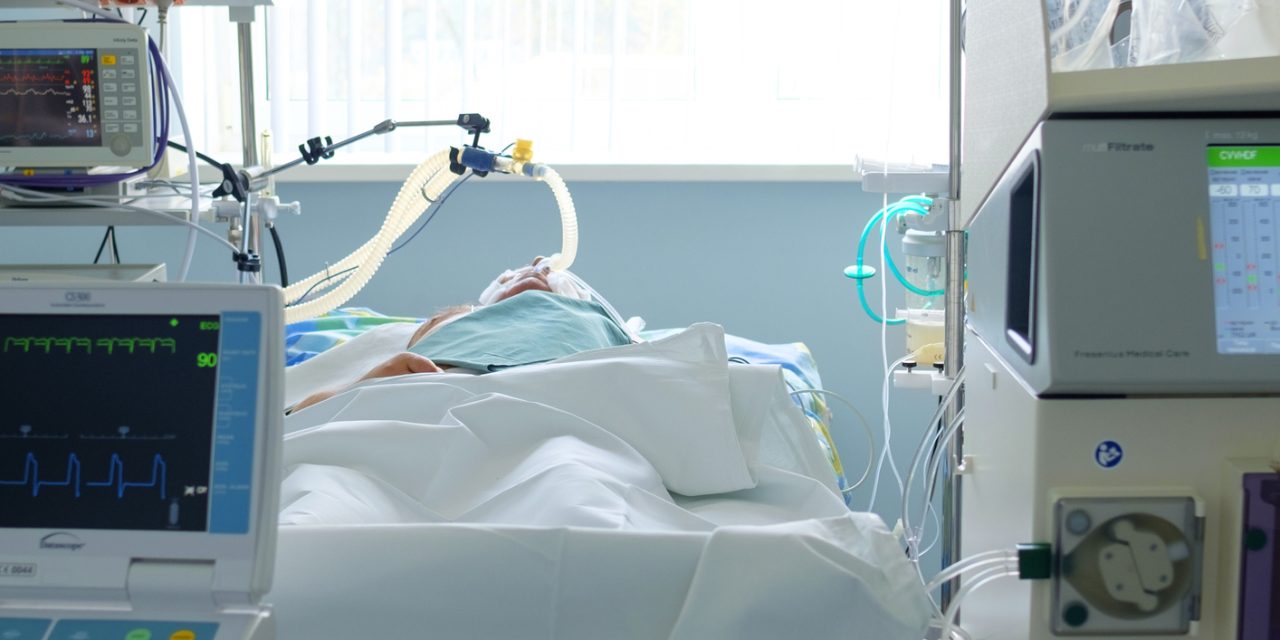High-flow nasal cannula (HFNC) therapy reduces the effort of breathing in patients with bronchiolitis, but the mechanisms are not understood. Theorized mechanisms include dead space washout and positive end-expiratory pressure (PEEP) application.
What are the mechanisms of action of HFNC therapy in patients with bronchiolitis?
Prospective, single-center study of children 3 years of age or younger with bronchiolitis from January 2020 through March 2021. Flow was titrated between 0.5 and 2 L/kg/min. Electrical impedance tomography measured end-expiratory lung impedance (EELZ) change as an end-expiratory lung volume (EELV) change surrogate and change in tidal impedance difference (ΔZ) as a tidal volume (V) surrogate. A subset showed manometry measuring esophageal pressure change (ΔPes; transpulmonary pressure surrogate) and pressure rate product (PRP; effort of breathing metric). We hypothesized that EELV and V would not change and that effort would reduce via respiratory rate (not ΔPes). Measurements were reported as the difference from 0.5 L/kg/min.
We studied 22 patients in total, 10 with esophageal manometry. Median EELZ increased by 0.36 arbitrary unit (AU), 2.42 AU, and 4.8 AU at 1 L/kg/min, 1.5 L/kg/min, and 2 L/kg/min (P = .01, 2 L/kg/min vs 0.5 L/kg/min), which corresponded to a median increase in EELV of 1.8 mL/kg between 0.5 and 2 L/kg/min. Seven patients showed an increase in EELZ of > 5 AU, 12 showed no change in EELZ (± 5 AU), and three showed a decrease in EELZ of > 5 AU. ΔZ (ie, V) did not change from 0.5 L/kg/min to 2 L/kg/min (median change, 0.29 AU; P = .48). Median PRP decreased by 78 cm HO/min from 0.5 L/kg/min to 2 L/kg/min (P = .02), with all patients demonstrating a reduction in PRP, with a nonsignificant change in ΔPes (P = .68).
Increasing HFNC in children with bronchiolitis reduces the effort of breathing, but no consistent increase occurs in end-expiratory lung volume and no significant change occurs in V or transpulmonary pressure. This suggests that PEEP application is not the primary mechanism of action of HFNC in children with bronchiolitis.
Copyright © 2022 The Author(s). Published by Elsevier Inc. All rights reserved.
High-Flow Nasal Cannula Reduces Effort of Breathing But Not Consistently via Positive End-Expiratory Pressure.


